Run, cheetah, run: Daring animal escapes from the Moscow Zoo
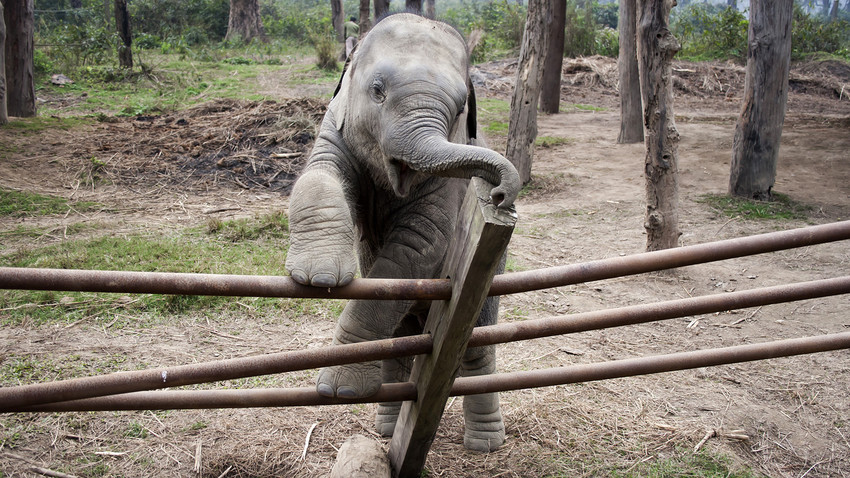
In early 1920, Mavrik the elephant fled the zoo and ran into the wild (to destroy a bakery). We're not sure if he was as cute as this elephant but the concept remains the same
Legion MediaThe pursuit of freedom seems to be natural for all creatures, especially animals held in zoos. It’s no surprise they try to run, fly or swim away every time they get a chance. The extraordinary history of the Moscow Zoo, founded in 1864, proves this.
Several years ago zoo employees compiled a “chronicle” (based on the memories and memoirs of zookeepers) listing the glorious escape attempts by different animals, ranging from snakes to elephants.
These brief but amusing stories hide real-life drama, something that even the Madagascar or Ice Age animation films can’t beat. Russia Beyond is happy to summarize the chronicle and recount the best stories with additional details.
Hungry elephant storms bakery

Probably Mavrik looked somewhat like this.
Romero/Face to face/Global Look Press“Mavrik the elephant became annoyed, broke the fence and left the zoo,” reported the chronicle of events in the early 1920s. It’s hard to say what annoyed Mavrik so much, but he didn’t get far, stopping for a bite on a nearby square.
He broke the glass case in a bakery, ignoring the screams of startled staff and customers, and began eating the buns. Determined, Mavrik ate all of them, and only when satisfied did he allow a small annoying human to lead him back to the zoo. Today, fences in the zoo are much harder to break; at least there haven’t been any reports of elephants eating in local bakeries.
Slithering snake and the police chief
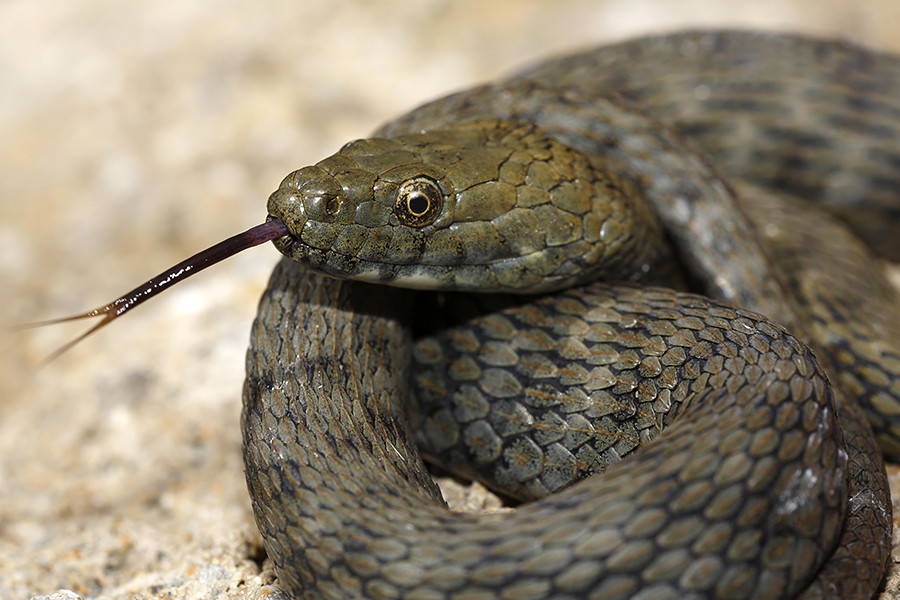
Imagine this beautiful creature staring at you through the glass. No wonder the police chief always had a gun nearby.
Justus de Cuveland/Global Look Press“On warm days the snake liked to look into the policeman’s window, so he always kept a gun on his desk,” the
Alpine ibex ashamed
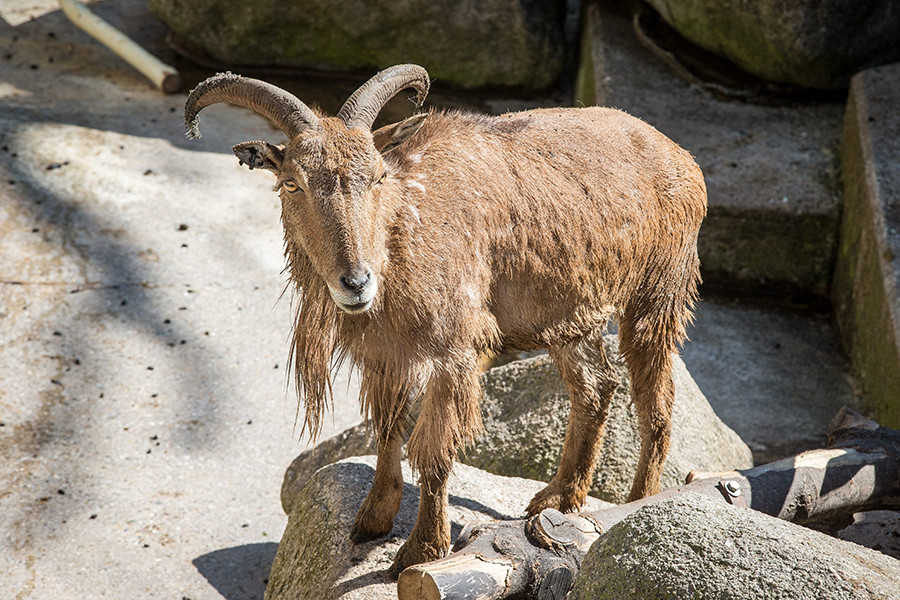
Why be ashamed if you have such wonderful horns?
Benjamin Beytekin/Global Look PressOrangutan and shots fired
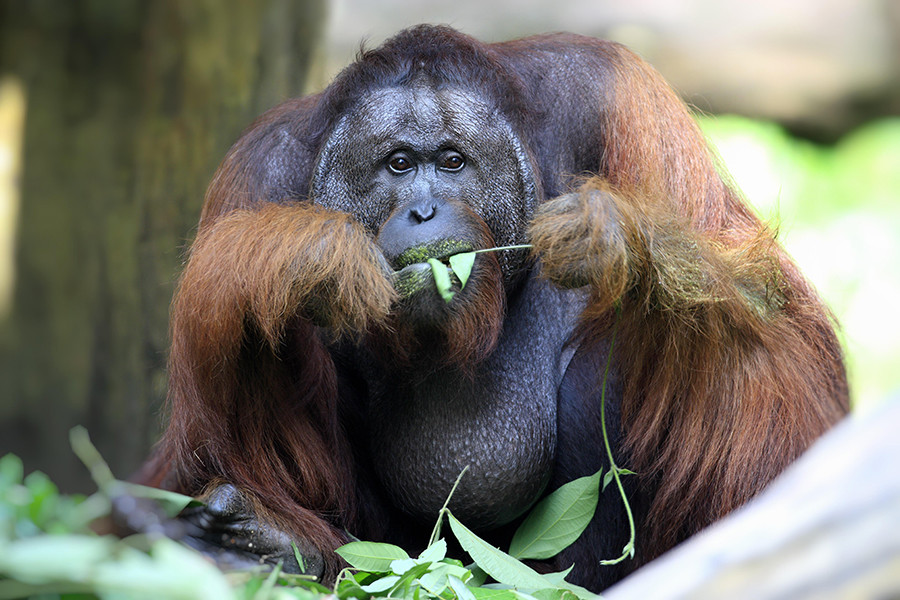
Orangutans are pretty big animals and can be hard to calm them down unless you're a WWII veteran.
Jspix/Global Look PressIgor Sosnovsky was a respected scientist but also a World War II veteran – a person you don't want to mess with. The orangutan quickly understood that he’s up against a very decisive man and retreated. After Sosnovsky fired some warning shots in the air, the primate quickly returned to his cage.
Pesky penguins flee
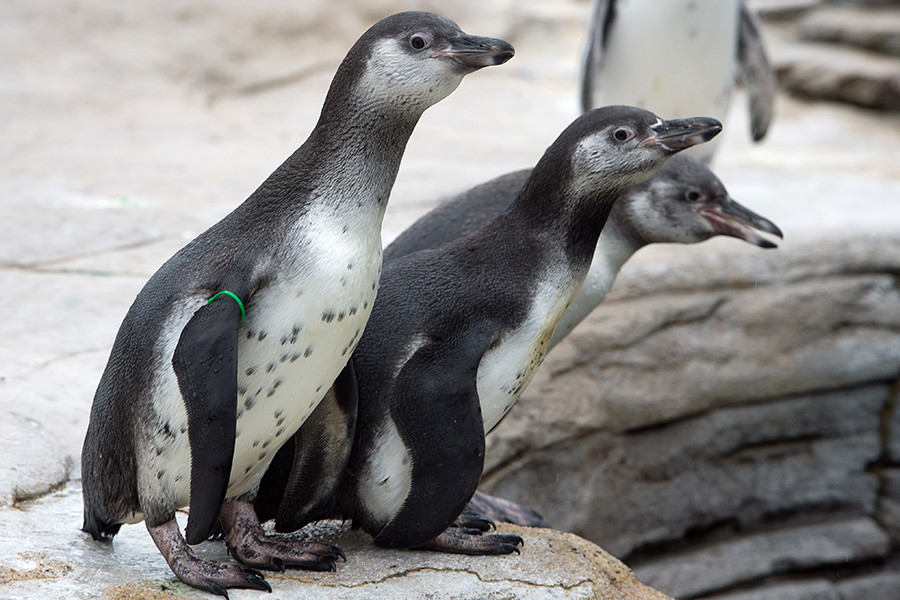
These little guys can be real freedom fighters, as the past shows us.
Stefan Sauer/Global Look PressPenguins are especially fond of freedom, and over the decades they’ve made several attempts to flee the zoo. In the early 1960s, some escaped on their paws, getting as far away as two kilometers before being detained.
Of course, they enjoy swimming, and so another time a waddle of penguins held in the science department of Moscow State University “dove into the Moskva River and swam away, with locals later catching them and sending them back to the zoo.” Goodness only knows where they were heading – perhaps Antarctica?
Cheetah on the prowl
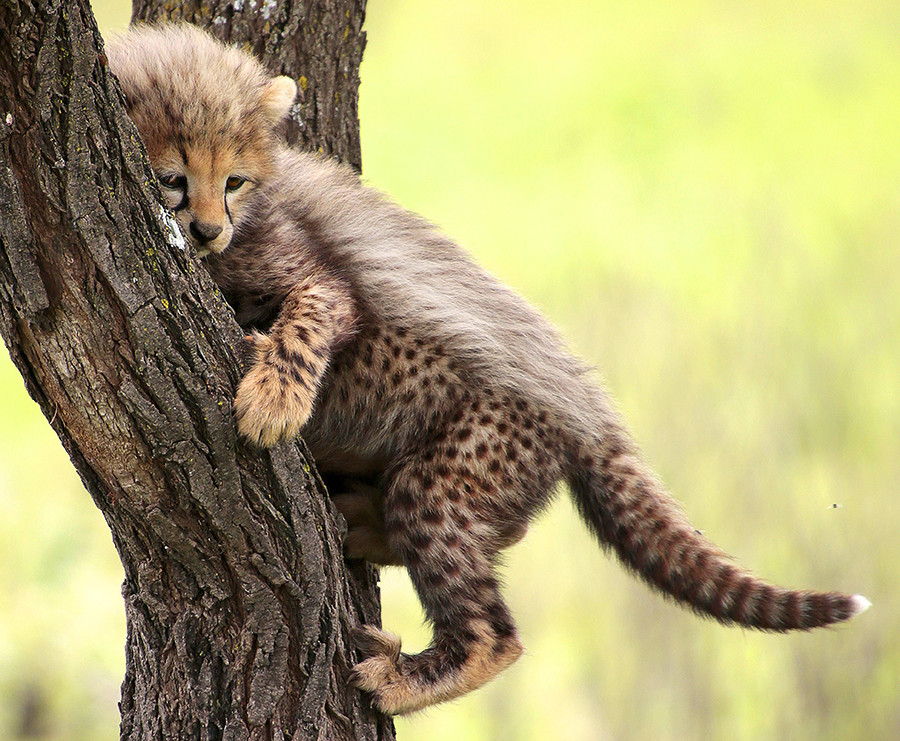
All animals (and humans) are cute when they're little but sometimes they grow up and try to attack local ponies.
H. Schmidbauer/Global Look PressWild animals remain wild even if kept in a zoo. Once, in the late 1990s, a young cheetah proved this by escaping from his cage, and “trying to hunt local ponies that children had been riding on.” No ponies or children were harmed because zoo keepers caught the predator before his hunt began. While cheetahs are considered the fastest animals on Earth, in this
Russian zoo employees love their job, whether in Moscow or in the regions. Check out these beautiful pictures from the Chelyabinsk Zoo to understand what we mean.
If using any of Russia Beyond's content, partly or in full, always provide an active hyperlink to the original material.
Subscribe
to our newsletter!
Get the week's best stories straight to your inbox